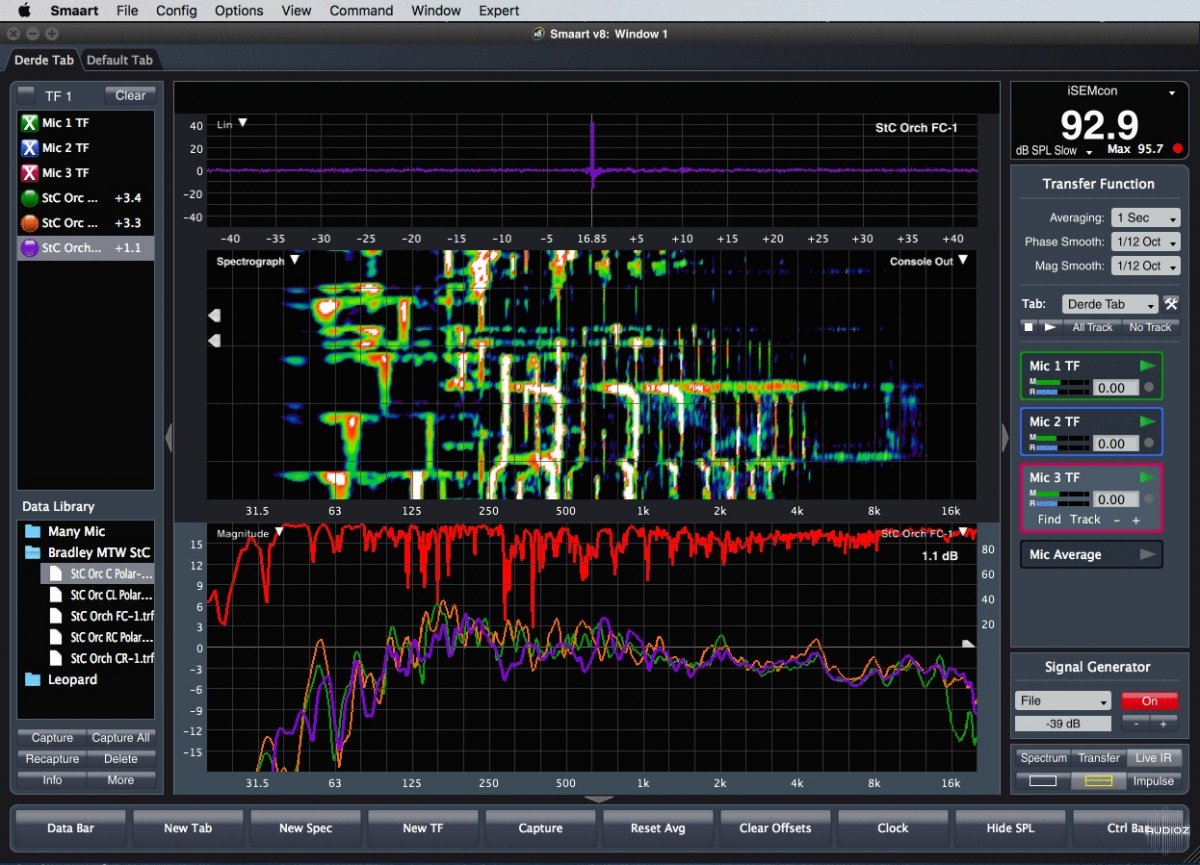

When we begin to consider what happens when a given sound source arrives at different times a new set of problems reveals itself.

This missing component is time, and the implications of not considering the relationship between multiple sound sources and the times at which they arrive at our eardrums are huge. There is a missing component in the big picture and until it reveals itself we are certain to fail in our attempt to marry art and science. However, this is akin to seeing in only black and white. Many of us will not advance past this point. Go to the graphic equalizer, select the closest slider to the frequency of interest, and adjust the amplitude. Since the most common tool at our disposal is a graphic equalizer, it is only natural that we begin our audio odyssey by considering sound in terms of frequency and amplitude.

Linear transfer equals freedom to mix creatively.įor many aspiring audio mixers and technicians, one of the most difficult challenges is to be able to identify frequencies. With proper equalization his mix decisions are transferred in a linear fashion to the ears of the listeners, no more and no less. When the system is properly equalized this goal can be realized, and he is free to creatively mix on the console rather than fight a system that impedes the creative process with inaccurate response. Ultimately, he expects the system to accurately track EQ changes made on the console channel strip. He describes the system equalization goal as “linear transfer”, and his goal is to create a system response free of resonance with no frequencies “hyped”. Robert Scovill is a master integrator of art and science. The perfect integration of art and science can yield stunning results, yet it is crucial to understand when to apply each. This seems somewhat intuitive but upon examination a clear distinction can be made between the usual equalization process practiced by those not using test equipment and a scientific method supported by measurement and reasoning. The goal: get out exactly what you put it. What is the goal? Of course the easy answer is “make it sound good” but after watching Sam Berkow and Jim Brawley equalize several systems a methodology revealed itself. After all, how can one get somewhere without knowing the destination?Īfter much exposure to Smaart in the “early days” of 1997 it became quite clear to the author a personal rethinking of the equalization process was in order. Before delving into the nuts and bolts it is necessary to examine the desired goal of measurement.


 0 kommentar(er)
0 kommentar(er)
